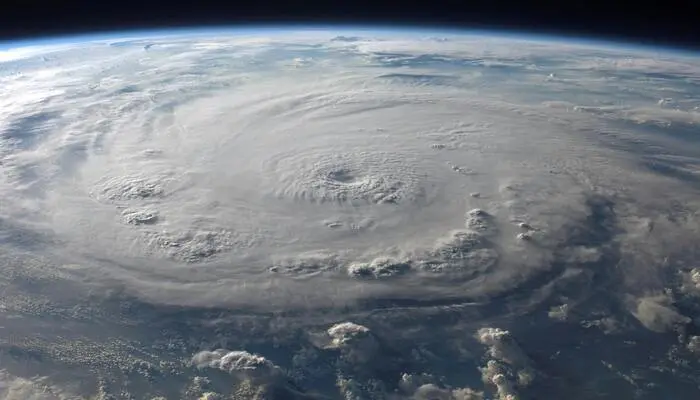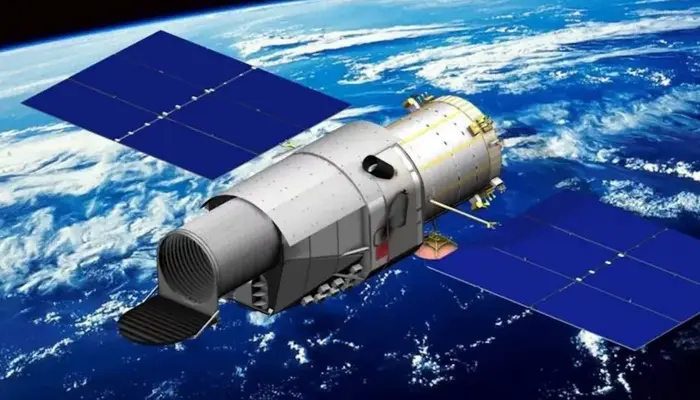Scientists Explore Potential Expiry Date of Earth

The lifespan of Earth is a topic that fascinates scientists and the public alike. While everything has a finite existence, researchers have developed models predicting when Earth might no longer support human life. Two scientific models give estimates, ranging from 150 million to 700 million years, for when our planet could become uninhabitable.
Global Warming and the Sun’s Radiation
One major threat to human existence is climate change. However, even if human-induced warming were halted, Earth’s natural warming due to solar changes will still present long-term challenges. The sun’s radiation is slowly intensifying, and eventually, it will heat Earth to unlivable temperatures. Scientists consider this process inevitable, pointing to a gradual countdown for life on our planet.
150 Million Years Left?
In 2014, researchers from Pennsylvania State University, led by scientist Ravi Kopparapu, conducted studies estimating Earth’s habitable lifespan. The “Kopparapu model” assumes that a 6% increase in solar radiation would gradually make the planet uninhabitable. This model predicts that in about 150 million years, Earth’s surface will be too hot for most life forms, leaving only underwater life and resilient microbes. According to these calculations, human life might cease within this timeframe.
Healthcare Access Woes Hit Western US
Up to 700 Million Years of Habitability
Another model offers a more optimistic outlook. Researchers Eric Wolf and Owen Brian Toon, from the National Center for Atmospheric Research, created a 3D model to factor in additional climate variables. Their model suggests that Earth could potentially remain habitable for up to 600 to 700 million years. This extended timeframe takes into account a more gradual heating process and the possibility of Earth adjusting to increasing solar radiation over a longer period.
The Kopparapu Model vs. the Wolf-Toon Model
The difference between these two models lies in their assumptions. The Kopparapu model is simpler and leans towards pessimism, assuming a steady, unyielding rise in temperature that would make Earth uninhabitable for humans within 150 million years. On the other hand, the Wolf-Toon model is based on detailed 3D climate variables that consider Earth’s natural adaptations, suggesting a slower warming process.
What Does This Mean for Humanity?
These predictions are daunting, but they also provide valuable insight. Humanity has centuries to prepare, develop, and innovate for the future. Scientists believe advancements in technology might allow humans to adapt to changing environments or explore potential life-sustaining habitats beyond Earth.
The Future of Earth and Its Species
In the end, while the models vary in their predictions, they both highlight the certainty of Earth’s finite habitability. If human-induced climate change isn’t mitigated, Earth’s warming will accelerate, potentially shortening its habitable lifespan. For now, life continues on our small blue planet, with millions of years likely ahead.
Follow Day News on Google News, Instagram, YouTube, Facebook, Whats App, and TikTok for latest updates













